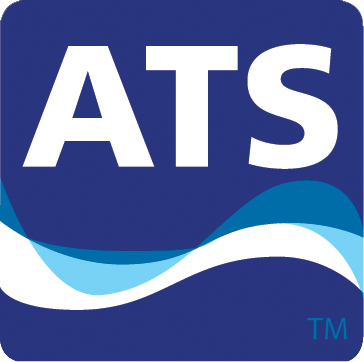Is it necessary to have the cubicle heater in the GFTS15AH Arctic unit in order for the piping not to freeze during cold weather? The short answer is no, in most cases. However, in temperatures below 0°F (18°C), it is advisable to have a cubicle heater. If the cubicle is heated, the immersion water heater will not have to work as hard to maintain a compliant water temperature. Even though the water tank is protected with 50mm of insulation, extremely cold temperatures certainly affect the amount of energy required from the immersion heater to maintain tepid water temperature.
The GFTS15AH Arctic Safety Shower and Eyewash are engineered to provide effective, compliant treatment for victims of corrosive chemical accidents in temperatures ranging from -40°F/C to temperatures near 100° (38°C). This product features effective insulation in both the water tank and in the cubicle walls and doors.
While the cubicle heater is not necessary to keep pipework from freezing, it is an important feature of the GFTS15AH Arctic Safety Shower and Eyewash. When a person is accidentally exposed to corrosives, medical experts recommend that the affected area(s) be flushed with at least 15 minutes of potable water in the tepid temperature range (60°F – 100°F; 15.6°C – 37.8°C). The pressure of the drench used to flush the area(s), must be low enough not to cause additional injury to the accident victim due to impact of the water on the affected tissue. When a safety shower is used to drench an accident victim in very cold weather, it is important to provide a safe, relatively warm environment in which to conduct such treatment. If an accident victim is drenched for the recommended 15 minutes in air that is extremely cold, a real potential for hypothermia exists. Hypothermia is a life-threatening condition that can cause vital human organs/systems to shut down, thus risking even the life of the victim. Having a cubicle heater ensures that the accident victim is treated in circumstances that prevent hypothermia. It raises the temperature of the air in the cubicle to a safe level. Combined with the cubicle panels and doors blocking any wind, heating the cubicle is a wise precaution to take in order to safeguard the well-being of the accident victim.
